Tracking Giants: How Laikipia’s Collared Elephants Are Paving the Way for Peaceful Coexistence




On August 20th, 2024, Space for Giants, in partnership with the Kenya Wildlife Service (KWS), Ole Naishu and Lolldaiga Conservancies, successfully collared three bull elephants in Ole Naishu and Lolldaiga, Laikipia, Kenya. This collaring exercise, supervised by KWS's Veterinary Department, is essential for monitoring elephant movements and mitigating human-elephant conflict (HEC).
Laikipia County, home to 42% of Kenya's second-largest elephant population, has long been a hotspot for human-elephant conflict. While Space for Giants has historically concentrated its efforts in West Laikipia, where our work began, we are now expanding our focus to other parts of Laikipia. East Laikipia, specifically Umande, is another part of Laikipia that is experiencing increasing levels of HEC in recent years and Space for Giants is committed to supporting our partners to better understand the scale of the challenge.
Human-elephant conflict is complex and requires practical yet effective strategies to protect elephants while safeguarding local communities' lives and livelihoods. While electric fences have proven effective, they are not foolproof. Space for Giants, together with Laikipia County Government and KWS, has constructed over 150 kilometres of electric fences, collared elephants to track their movements, and closely monitored fence performance to help mitigate human-elephant conflict. Despite these efforts, some elephants still manage to breach the fences, leading to crop damage and ongoing conflict.
Elephant collaring plays a crucial role in these conservation efforts. The collars, equipped with geographic positioning systems (GPS), enable Space for Giants to track elephant movements in real-time on EarthRanger, especially for bulls known for their crop-raiding behavior. This technology provides essential data for understanding and managing human-elephant conflict.
We use geofences—virtual boundaries—to define specific areas of interest. When an elephant crosses a geofence, EarthRanger triggers real-time alerts with GPS location, direction, and time sent to the KWS Human-Elephant Conflict Rapid Response Team. Supported by Space for Giants scouts, the KWS team guides the elephants back into protected areas to minimize conflict. Our scouts also monitor the elephants' health and report any injuries to KWS, particularly during crop-raiding incidents.
The newly collared elephants are part of Space for Giants' ongoing elephant-monitoring program, which focuses on identifying and managing crop-raiding and fence-breaking elephants. The operation was successful, and all three elephants—Naishu, Nchoro, and Njorai—are healthy. One of the elephants, Naishu, was re-collared, while the two, Nchoro and Njorai, were newly collared.
We extend our gratitude to Ole Naishu Conservancy for sponsoring and supporting the collaring exercise and to the KWS and Wildlife Research and Training Institute (WRTI) for working with us on important conservation initiatives in Laikipia.
Space for Giants and its partners are unwavering in their commitment to using collaring and other innovative conservation strategies to help foster coexistence between elephants and farmers in one of Kenya's most critical conservation areas.
